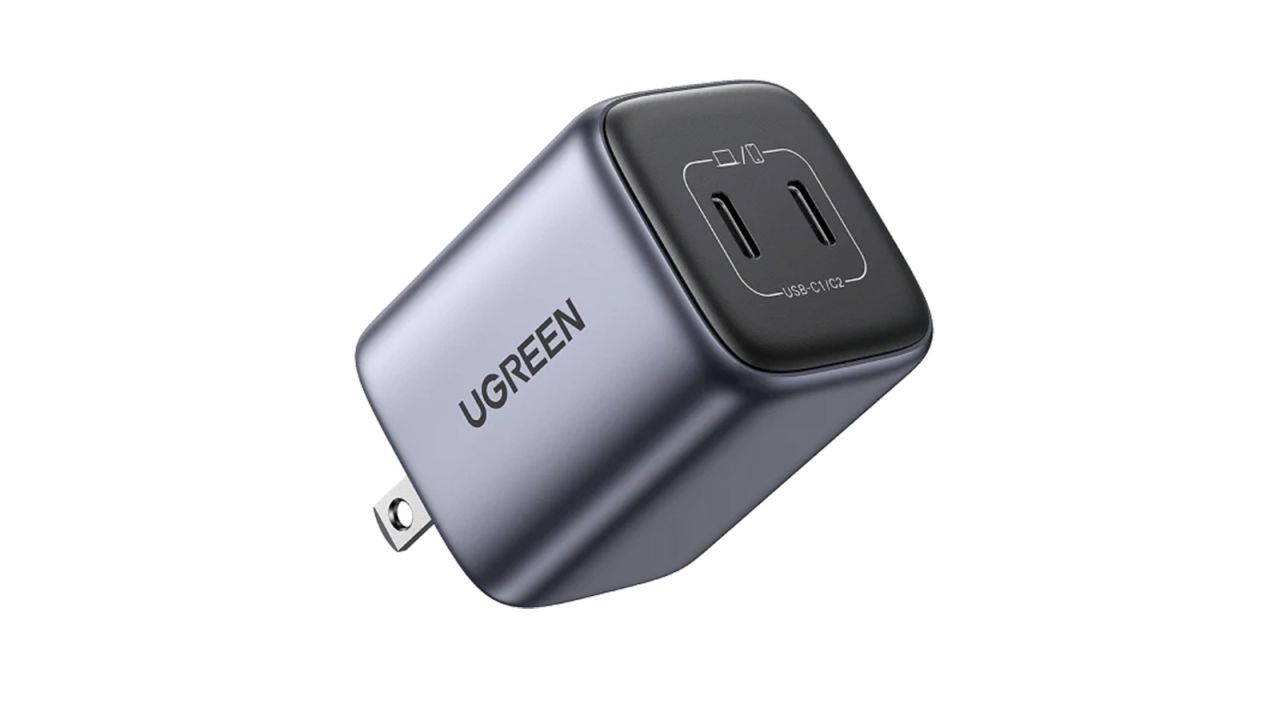
Understanding USB Type-C Chargers
Before diving into the best chargers, understanding what makes a USB Type-C charger special is important. Here are some key points to consider:
Speed and Power Delivery
USB Type-C chargers deliver higher power outputs compared to traditional USB-A chargers. Power Delivery (PD) technology allows devices to negotiate power levels and deliver optimal charging speed based on their requirements. This results in quicker charge times, often reducing the time it takes to recharge your device from 0 to 50% in just 30 minutes.
Compatibility
One significant advantage of USB Type-C chargers is their compatibility with a wide range of devices. They can charge smartphones, tablets, laptops, and even power banks, making them versatile and convenient for multiple uses. However, checking the specifications of your device and the charger ensures compatibility and avoids potential issues.
Design and Portability
Modern USB Type-C chargers are designed to be compact and portable. Many models come in sleek designs that are easy to carry around, making them perfect for travel or daily use at home or in the office. Some chargers even feature foldable prongs or retractable cables, adding to their convenience.
Top Picks for the Best Type C Chargers
Now that the basics are covered, let's explore some of the top picks for the best Type C chargers available in 2024:
Anker PowerPort III Nano
The Anker PowerPort III Nano stands out as an excellent choice for rapidly charging any phone. This compact charger can deliver up to 20 W through its USB-C port, which is ample power to charge most phones halfway in half an hour. It also supports Apple's MagSafe wireless charging system at 15 W, making it a versatile option for both Android and iOS users.
Belkin Boost Charge Pro 45W Dual USB-C
For those needing to charge multiple devices simultaneously, the Belkin Boost Charge Pro 45W Dual USB-C is a great choice. This charger features two USB-C ports capable of fast charging, making it ideal for powering larger devices like an iPad Pro alongside your smartphone.
Anker PowerPort 4
If you have multiple devices to charge, the Anker PowerPort 4 is an ideal choice. This compact charger features four USB-A ports, each capable of delivering a 12 W charge. While it may not offer the fastest speeds of USB-C chargers, it's perfect for charging several devices simultaneously, making it a great option for home or office use.
Honeywell Zest Charger PD20W
The Honeywell Zest Charger PD20W is a BIS-certified Type C fast wall charger designed for ultra-fast charging compatibility with a wide range of devices. It delivers 20 W of power, ensuring rapid charging times and is compatible with iPhones, iPads, Samsung Galaxy devices, and more. Its sleek white design adds a touch of elegance, while its compact size makes it ideal for travel or everyday use.
Portronics Adapto 45 20W Mach USB&Type-C Dual Output
The Portronics Adapto 45 20W Mach USB&Type-C Dual Output Super Fast Charger is another versatile option. It features dual outputs, one for USB-C and another for USB-A, allowing you to charge both high-power devices like laptops and lower-power devices like smartphones or smartwatches simultaneously. This charger supports Power Delivery 3.0 technology, ensuring efficient and quick charging performance.
Additional Features to Consider
When selecting a USB Type-C charger, several additional features should be considered to ensure you get the best charger for your needs:
Power Output
The power output of the charger is crucial. Look for chargers that support high power delivery (PD) standards like 20 W, 45 W, or even 120 W. These higher power outputs ensure faster charging times and are suitable for heavy users or those who need to charge multiple devices at once.
Number of Ports
If you have multiple devices to charge, consider a multiport charger. These chargers often feature multiple USB-C ports or a combination of USB-C and USB-A ports, allowing you to charge multiple devices simultaneously.
Compatibility
Ensure the charger is compatible with your device. Check the specifications of your device and the charger to avoid any potential issues. Most modern chargers are backward compatible with older USB ports like USB-A and USB-B, but you may need an adapter or a compatible cable.
Design and Portability
A compact and portable design is essential for travel or daily use. Look for chargers with foldable prongs or retractable cables that make them easy to carry around.
Safety Features
Safety features like overheat protection, short-circuit protection, and overcharging protection are crucial. These features ensure that your device is protected from potential damage during charging.
Choosing the best Type C charger for your Android device involves considering several factors, including speed and power delivery, compatibility, design, and additional safety features. By understanding these aspects and exploring the top picks available in 2024, you can select a charger that meets your needs efficiently.
Whether you're looking for a compact charger for travel or a high-power charger for heavy users, there's a perfect USB Type-C charger out there for you. With the right charger, you can enjoy faster charging times, increased convenience, and peace of mind knowing that your device is protected from potential damage.
In summary, the best Type C charger for Android is one that balances speed, power delivery, compatibility, and design while ensuring safety features are in place. By following these guidelines and exploring the top picks mentioned above, you'll be well on your way to finding the perfect charger for your needs.
